These smart vegetable gardening tips on companion planting (and other things) will help you grow better, healthier crops in the same space!
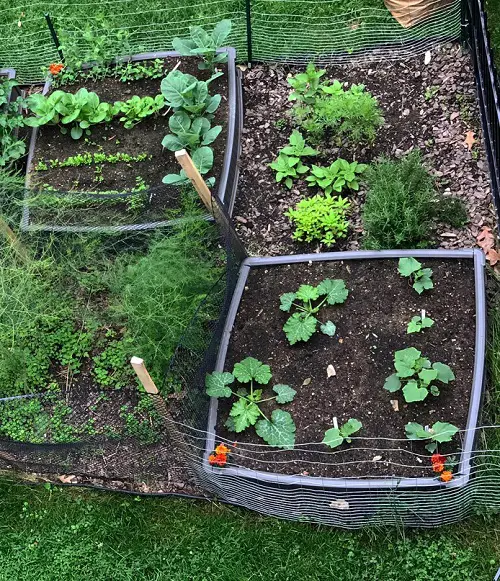
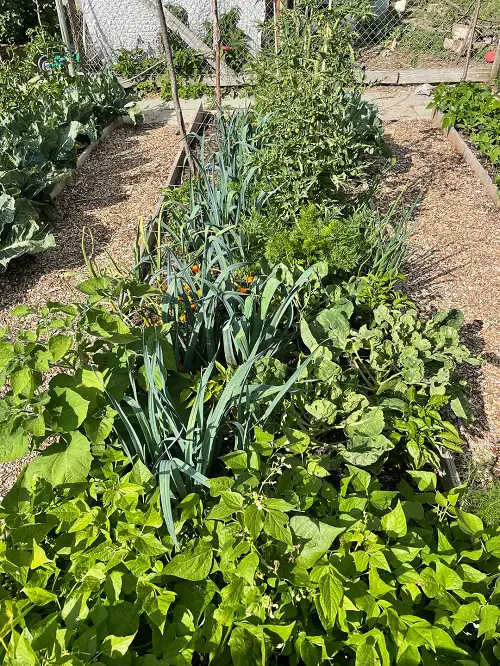
These innovative strategies for maximising space, time, and soil health can quickly boost your garden’s productivity. Whether you are an urban grower or tending a backyard bounty, these time-tested techniques will keep your veggies thriving!
Vegetable Gardening Tips and Tricks
1. Rotate the Crops, But Do It Smartly
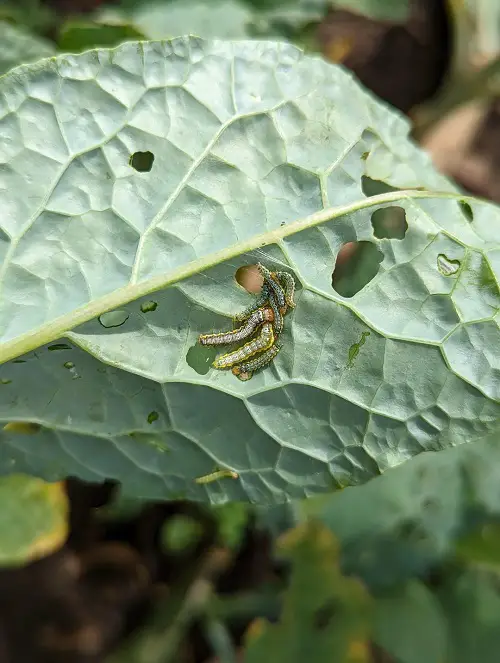
Planting vegetables from the same family in the same spot year after year is an open invitation for pests and soil fatigue. This will attract the same diseases and deplete the soil of specific nutrients they rely on. That’s why you should rotate crops annually to keep both pests and nutrient depletion in check.
It is best to switch plant families each season. For example, following tomatoes (nightshade) with leafy greens (brassicas) can prevent stubborn issues like tomato blight or clubroot from lingering in the soil. Cool, right?
2. Pair Shallow and Deep Root Veggies
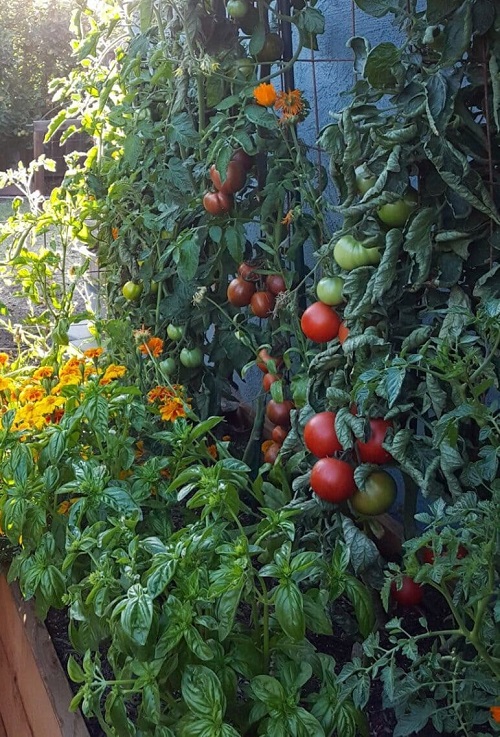
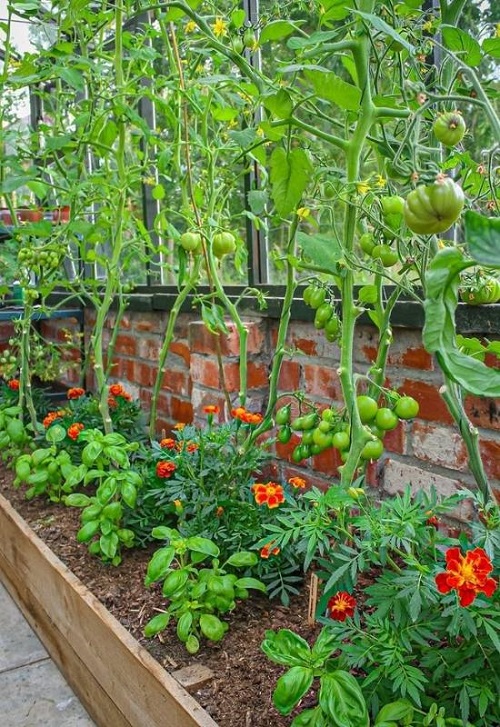
People tend not to go deep into the details, but hear us out. Think of your soil as a multi-level buffet. When you pair shallow-rooted plants like lettuce, spinach, or radishes with deep-rooted ones like tomatoes, carrots, or parsnips, each pulls nutrients from different levels.
Doing so is vital in reducing competition, maximizing nutrient uptake, boosting growth, and improving soil structure. What more could you ask for?
3. Interplant for Timing
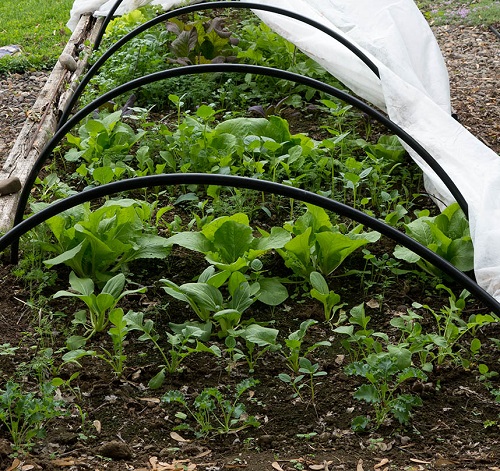
Here’s a vegetable gardening tip that will help you grow more of them! Fill in the spaces near the main crops.
If you interplant fast-growing crops like radishes or arugula with slow-growing crops like carrots or cabbage, you can use the space while waiting for the larger crop to develop.
The smaller crops mature quickly and are harvested just in time to give the slow-growers room to stretch. Try this–go for radishes with carrots or spinach with cauliflower.
4. Boost Soil Fertility with Legumes
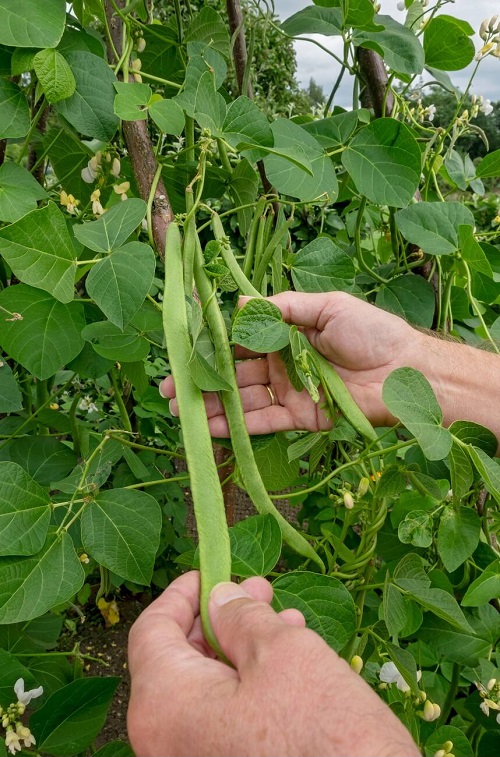
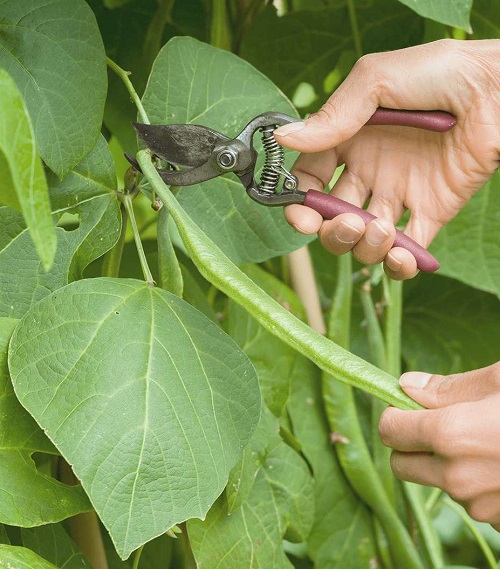
When it comes to vegetable gardening tips for beginners, here’s the best one. Use legumes to your advantage. Beans, peas, and clover provide tasty pods while actively enriching the soil by fixing atmospheric nitrogen. They do so much more than this!
They will give your next crop a head start. After harvesting your legumes, don’t pull the whole plant; cut them at the base and leave the roots in place to decompose and release nitrogen back into the soil.
Pro Tip: You can also use legumes as a cover crop in the off-season to naturally prep the soil for your next planting round.
5. Plant Natural Pest Shields
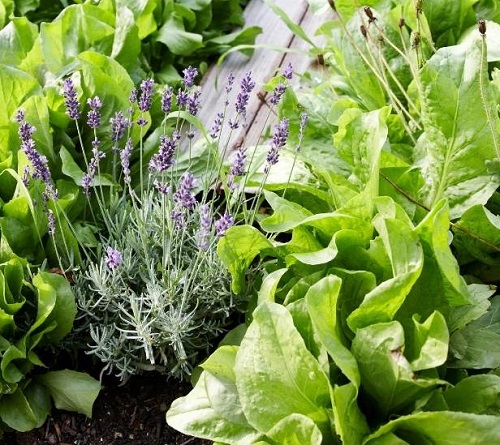
You can intermix pest-repelling companions like garlic, onion, lavender, basil, lemon balm, and marigold between your vegetables. These plants release strong scents or compounds that deter common pests like aphids, nematodes, and whiteflies.
Plant-like marigolds produce thiophenes, a natural nematode-repelling chemical that protects crops like potatoes and tomatoes. So, growing them before planting these veggies can cleanse the soil of nematode issues.
6. Don’t Overload with Heavy Feeders
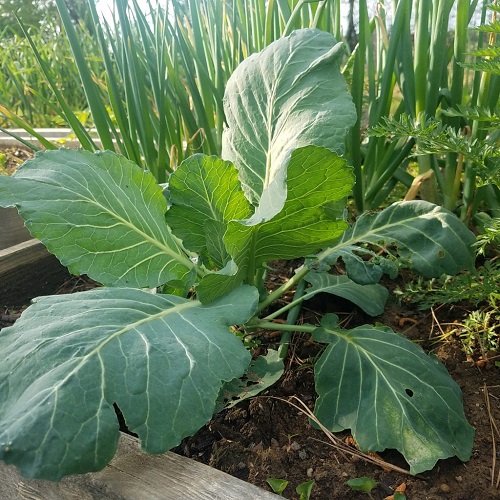
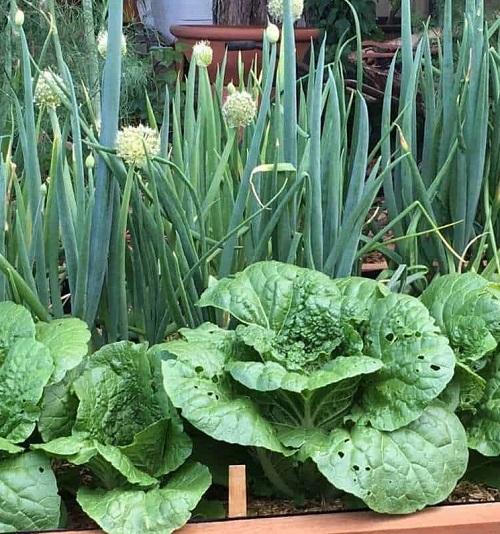
Not all vegetables are team players, especially those that guzzle nutrients. Avoid planting multiple heavy feeders (like corn, cabbage, or squash) together, as they’ll compete aggressively for nitrogen and other key elements, which results in poor growth for all.
Instead, pair heavy feeders with light feeders (like onions or herbs) or nitrogen fixers like beans to create a balanced nutrient cycle. This lets each plant thrive without depleting the soil too fast.
7. Use Plant Height to Your Advantage
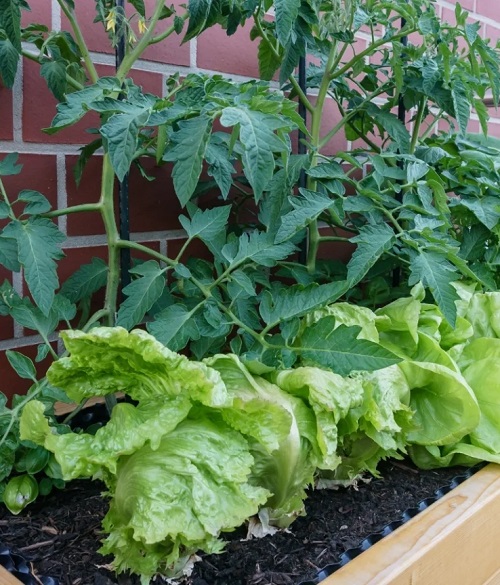
It’s not just about what you grow, it is how tall and wide it grows–note that down in your gardening tips for vegetables list.
Tall crops like corn or trellised cucumbers can shade out low-growing plants if not planned wisely. But this isn’t always bad, as some leafy greens like lettuce or arugula love the partial shade under taller companions.
When done right, height disparity can be an asset as it improves microclimates under larger plants and prevents soil from overheating, which is excellent for moisture-loving crops below.
Note: Morning sun is important. Make sure taller crops are on the north or west side of your bed so they don’t block light all day.
8. Use Living Mulches

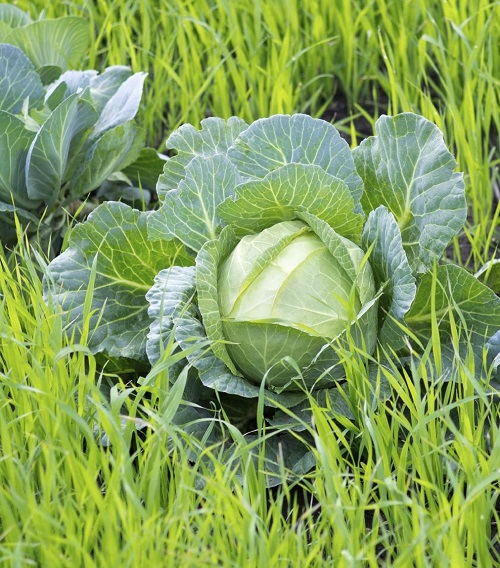
Living mulches are low-growing plants like clover, thyme, or even purslane. You can plant these between or around crops to cover bare soil. They will suppress weeds, maintain moisture, and even provide some nutrients as they break down.
Unlike synthetic mulch, living mulch adds biodiversity and encourages beneficial insects and microbes. Some, like white Dutch clover, also fix nitrogen, which gives nearby veggies a steady boost of nutrition without any extra fertilizer.
With these practical vegetable gardening tips, you’ll not only grow healthier crops but also make better use of your space and time. Start small, stay consistent, and watch your garden do more with less. And don’t forget to share your experience with us in the comments!


Great and very helpful tips! I’ve been thinking about companion planting for a long time and finally decided to try. Your advises and ideas seem to work great for me. Thank you for sharing this great info! Happy gardening!